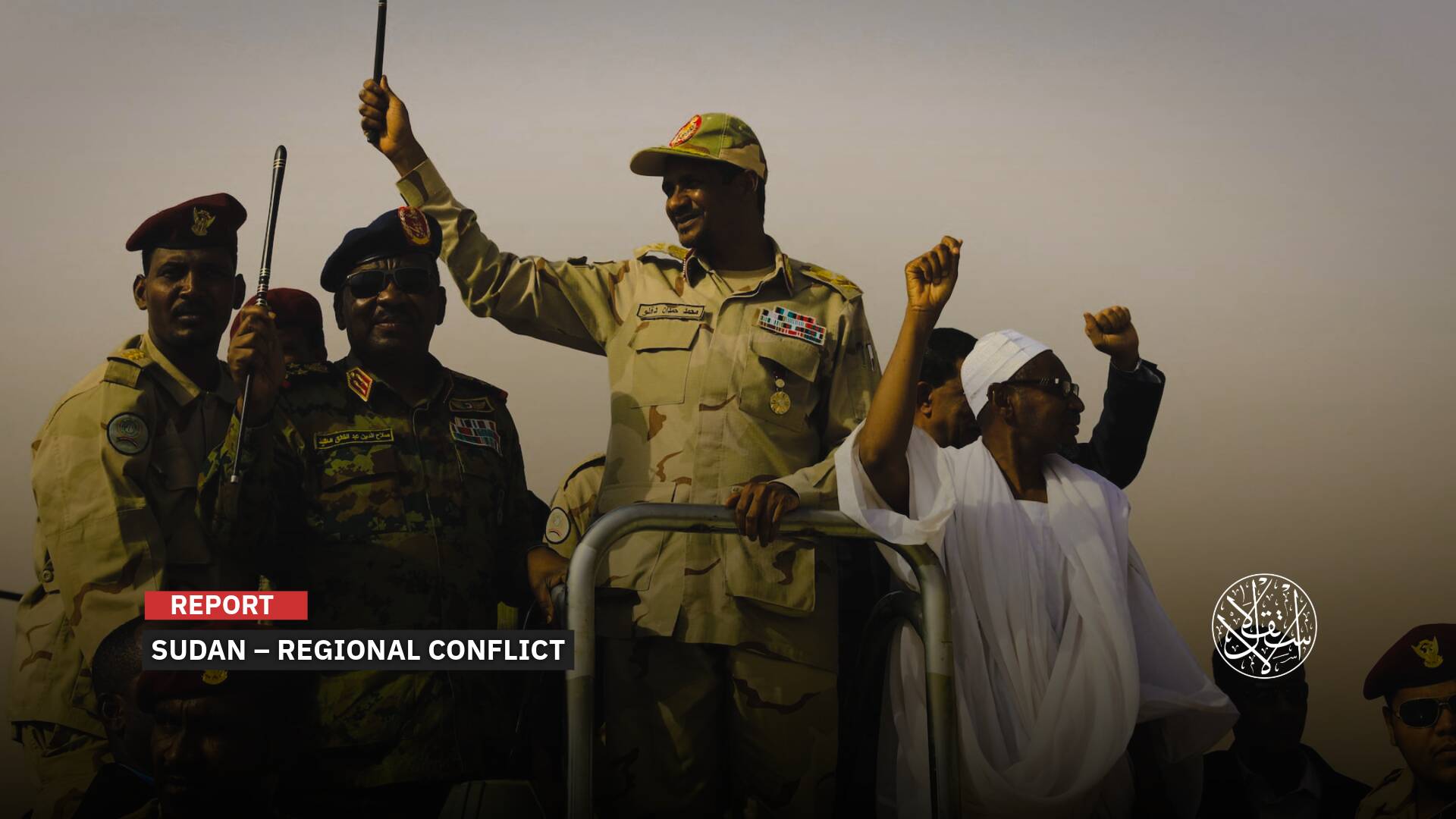‘The Taj Story’: Film Rewrites History to Target Muslims in India
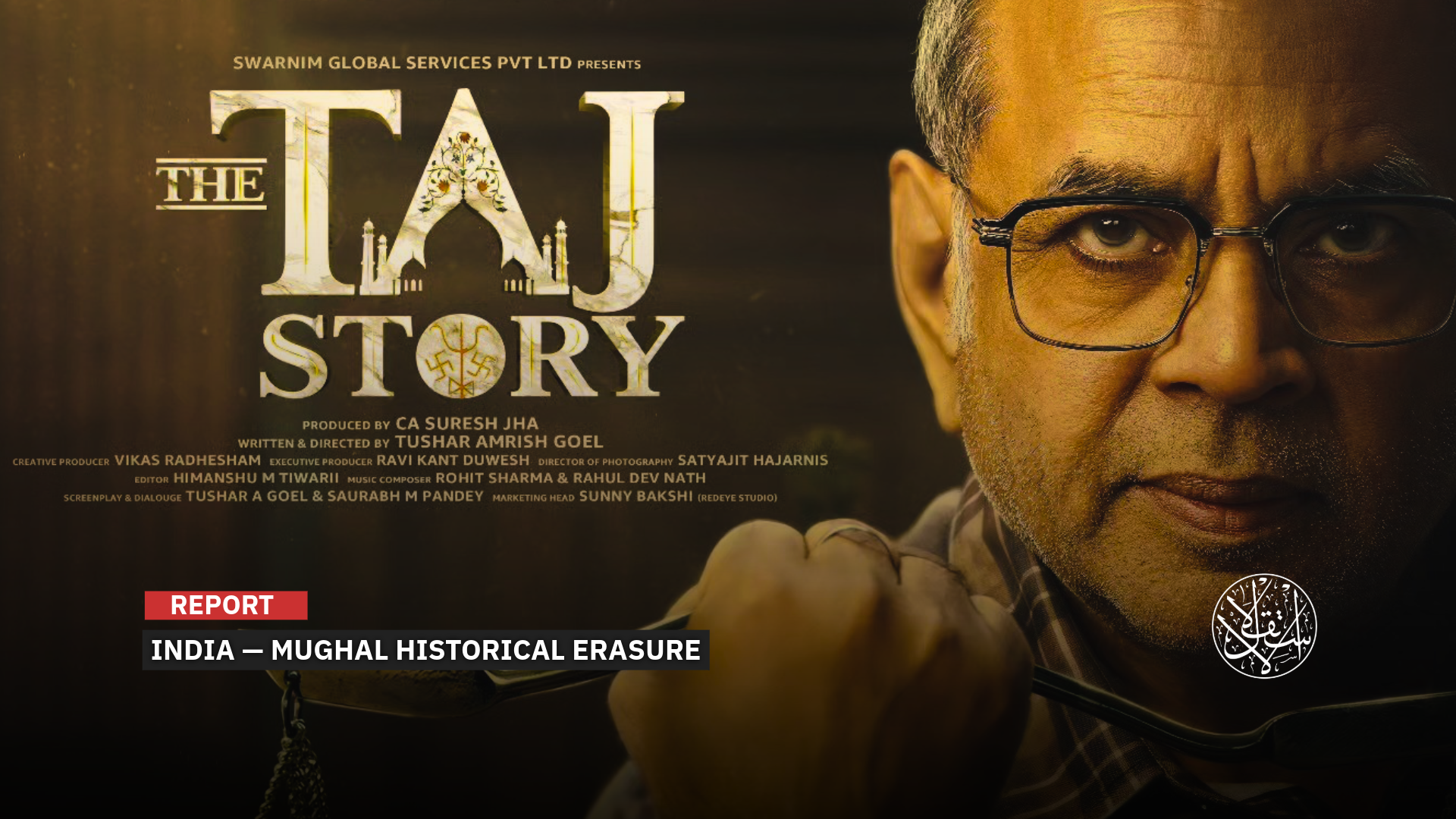
“The Taj Story” aims to rewrite Indian history through Hindu nationalist ideas.
A renewed debate is unfolding in India over Muslim identity and the reading of history, as cinemas begin screening the film “Taj Story” on October 31, 2025.
The drama promotes an old legend that claims the Taj Mahal was not originally a 17th-century mausoleum built by the Muslim Mughal rulers, but a Hindu temple that was later transformed into what is now regarded as one of the most prominent symbols of Islamic civilization in the Indian subcontinent.
The film arrives within a broader political and cultural landscape shaped by the Hindu right, led by Prime Minister Narendra Modi, which has been working to rewrite national history according to a narrative that presents India as an inherently Hindu homeland, and pushes to diminish the presence of Muslims in public memory, as well as to reshape Indian identity on nationalist terms rooted in Hindutva as the sole cultural and civilizational foundation.
About the Movie?
The film, titled The Taj Story, stars the veteran Indian actor Paresh Rawal. It is built on a claim that has been repeatedly debunked, alleging that the Taj Mahal was originally a Hindu temple called “Tejo Mahalaya” before it was “seized” by the Muslim Mughal emperor Shah Jahan in the seventeenth century.
Despite the fact that this narrative lacks any credible historical or archaeological evidence, it resurfaces every few years, buoyed by a rising Hindu nationalist discourse that seeks to rewrite Indian history in a way that excludes, or sidelines, the role of Muslims in shaping the country and its identity.
The story of the Taj Mahal’s construction is among the most thoroughly documented episodes in Mughal history. Shah Jahan ordered the building of the mausoleum in 1631 in memory of his wife Mumtaz Mahal, and the project took more than twenty years, involving around 20,000 workers and artisans.
Official chronicles from the period, most notably the Padshahnama, record every detail of the undertaking, from the purchase of the land, to the designs created by Ahmad Lahori and Amanat Khan Shirazi, to the intricate work carried out in marble and semi-precious stone.
None of the Persian, Sanskrit, or even British colonial sources refer to the presence of any earlier temple on the site, and the Archaeological Survey of India has categorically rejected such claims, stating that they are imagined narratives with no scientific basis.
Researchers argue that the myth endures not because of any historical weight, but because it serves a political and cultural project that aims to reinforce a narrative portraying Muslim rulers in India as foreign “invaders” who appropriated Hindu symbols, an effort that seeks to redefine Indian identity along narrowly Hindu nationalist lines.
The Taj Mahal, listed as a UNESCO World Heritage site, remains India’s most iconic tourist destination and one of its biggest draws.
According to the latest official figures, the monument received roughly 6.9 million visitors during 2024 to 2025, maintaining its position as the country’s most visited site.
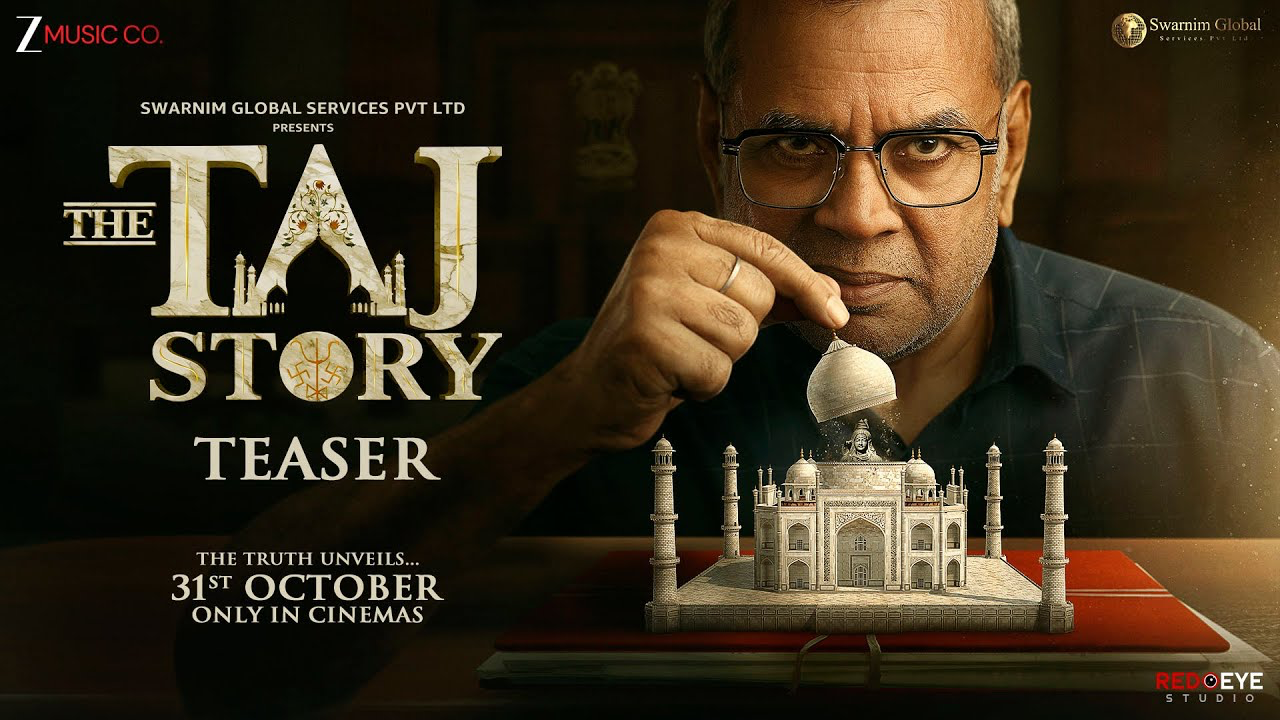
From the Margins to the Mainstream
The roots of this fabricated theory, now embraced by the hardline Hindu right, go back to the writer Purushottam Nagesh Oak in the 1980s, when he published a book in which he attempted to prove that the Taj Mahal had been a temple dedicated to the god Shiva, one of the central deities in Hindu belief.
Although the book received no scholarly or academic recognition, it resonated widely within hardline Hindu nationalist circles.
With the Bharatiya Janata Party (BJP) coming to power in 2014, such ideas moved from the intellectual margins into the heart of India’s political and cultural debate.
Historians of India note that under Prime Minister Narendra Modi, cinema, television, and social media have become alternative classrooms that reproduce parallel historical narratives aimed at shaping a new national consciousness.
In this context, The Taj Story does not appear to be merely an entertaining film, but part of a broader project to redefine Indian history in line with Hindu nationalist ideologies.
Observers say the film, through its dramatic narrative, resurrects a myth already rejected by Indian courts in several lawsuits that sought to classify the Taj Mahal as a Hindu temple.
Yet the cases, and the story behind them, continue to maintain a persistent presence in the media and on social platforms, ensuring that the myth endures and continues to influence the cultural and political landscape.
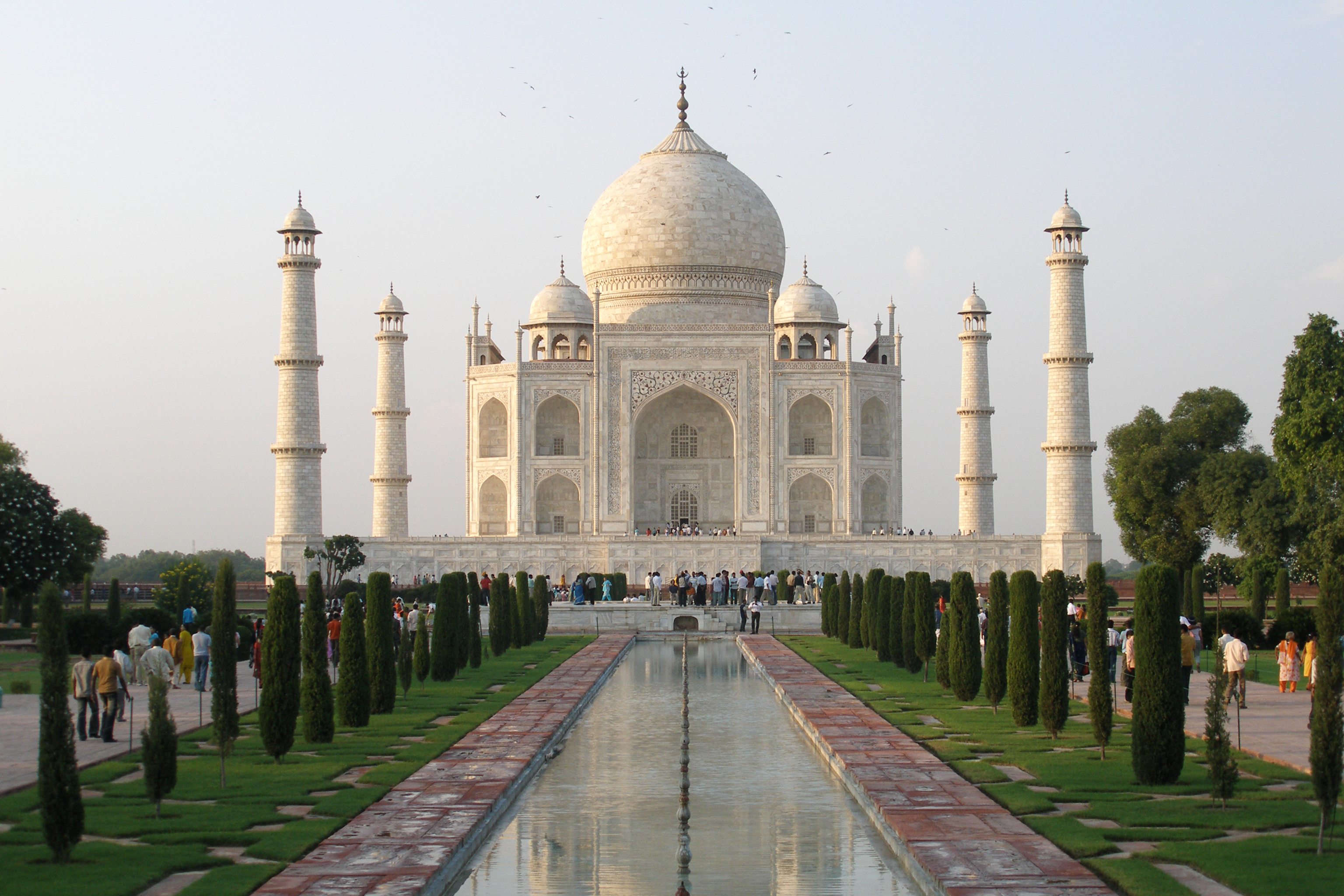
Identity Struggle
Analysts say the repeated circulation of claims about the Taj Mahal, despite the absence of any scientific evidence, helps entrench a simplified binary that separates “original Hindus” from “incoming Muslims,” even though historical realities show deep and long-standing interconnections among the cultural and religious traditions of the Indian subcontinent.
The Pakistani writer and scholar of South Asian history, Syed Anas, argues that the controversy surrounding the Taj Mahal is merely a reflection of a deeper struggle over national identity.
With the rise of Hindu nationalism over the past decade, he says there has been a stronger push to present India as a state with a singular Hindu identity, a framing that overlooks the country’s multilayered, multi-faith civilizational history.
The Indian historian Irfan Habib has warned that this trend leads to “replacing belief with historical fact.” He notes that the distortion of history does not remain confined to textbooks, but spills over into public policy and community discourse, shaping how nearly 200 million Muslims in India perceive their place and belonging.
Since April 2023, India has seen intensified debate over sweeping revisions to school curricula introduced by the government.
The National Council of Educational Research and Training, which is part of the Ministry of Education, removed references to Islamic Mughal rule from history and political science textbooks used in secondary schools and universities.
These changes were not simply an educational update, but part of a broader political project aimed at reshaping India’s historical memory in line with the nationalist ideology of the ruling Bharatiya Janata Party.
The move sparked a wave of protests involving 250 Indian historians, who warned of the dangers of what they described as a deliberate attempt to distort history. However, the British newspaper The Times noted in a report published on April 10, 2023, that the protests came too late, since the revisions had already been implemented and delivered to students.
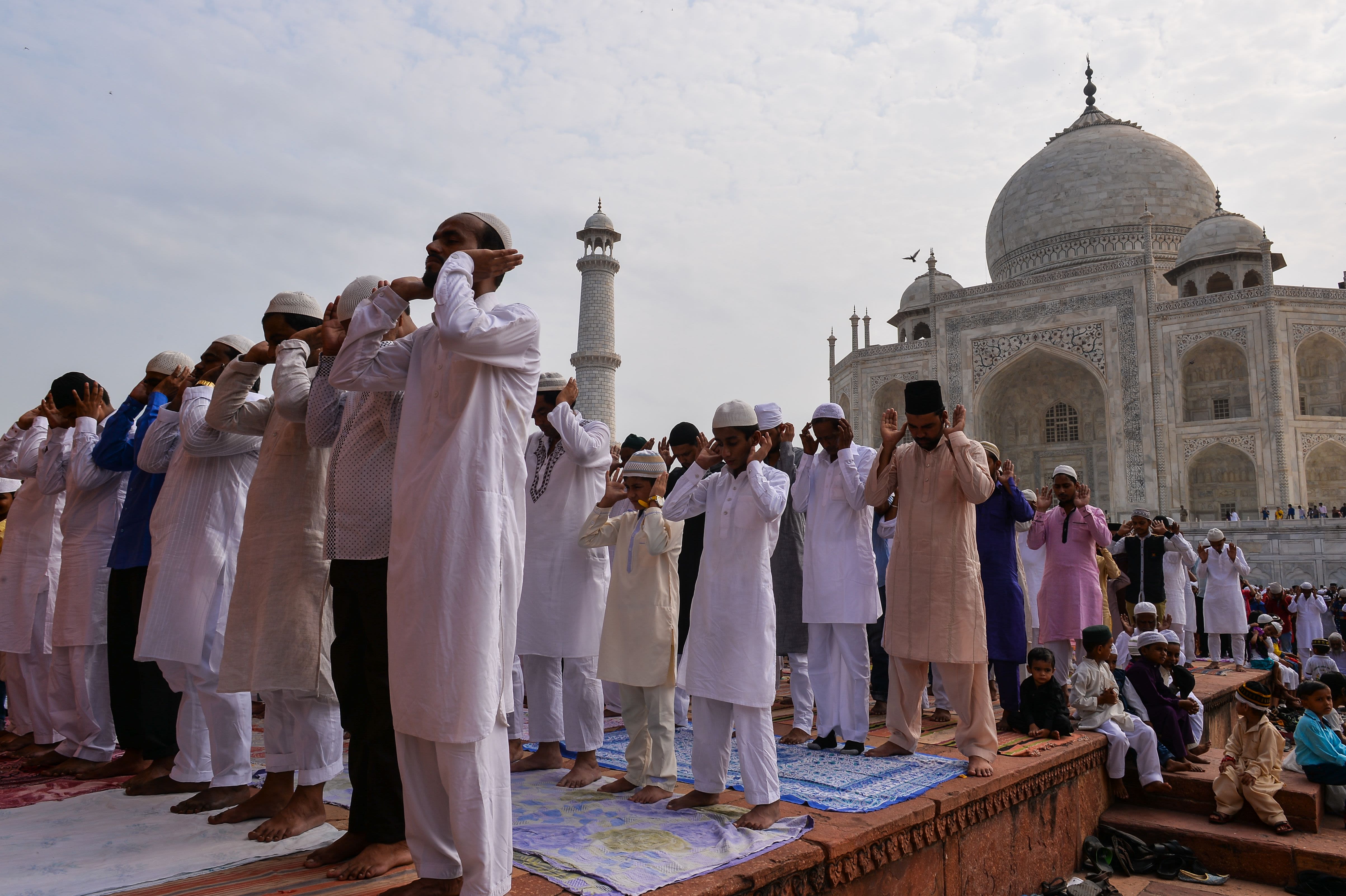
Falsifying History
The recent revisions to India’s school curricula included the wholesale removal of entire chapters on the Mughal period, along with a significant reduction of material related to Islamic eras in Indian history.
References to the Hindu extremist ideology that led to the assassination of Mahatma Gandhi in 1948 by the hardline nationalist Nathuram Godse were also obscured or removed.
In the same vein, the context of the 2002 Gujarat massacre, in which around one thousand Muslims were killed during the period when Narendra Modi served as chief minister of the state, has been deleted or diluted.
The new textbooks also omit a full chapter that had been dedicated to explaining the structure and history of the Mughal courts.
The Washington Post described this step as direct evidence of the government’s effort to cleanse India’s historical memory of its Islamic presence, while sidelining prominent architectural symbols such as the Taj Mahal.
Reports from outlets including the New York Times, The Guardian, and The Times magazine have characterized these changes as a systematic attempt to rewrite history in service of the hardline Hindu nationalism promoted by the Modi government.
This trajectory aligns with broader plans aimed at converting several historic mosques into Hindu temples, based on claims that remnants of older Hindu shrines lie beneath these structures.
Hindu groups have already begun surveying thousands of mosques on the grounds that they were originally temples, an effort to reshape India’s religious and symbolic landscape and to cement a Hindu nationalist narrative that marginalizes religious minorities.
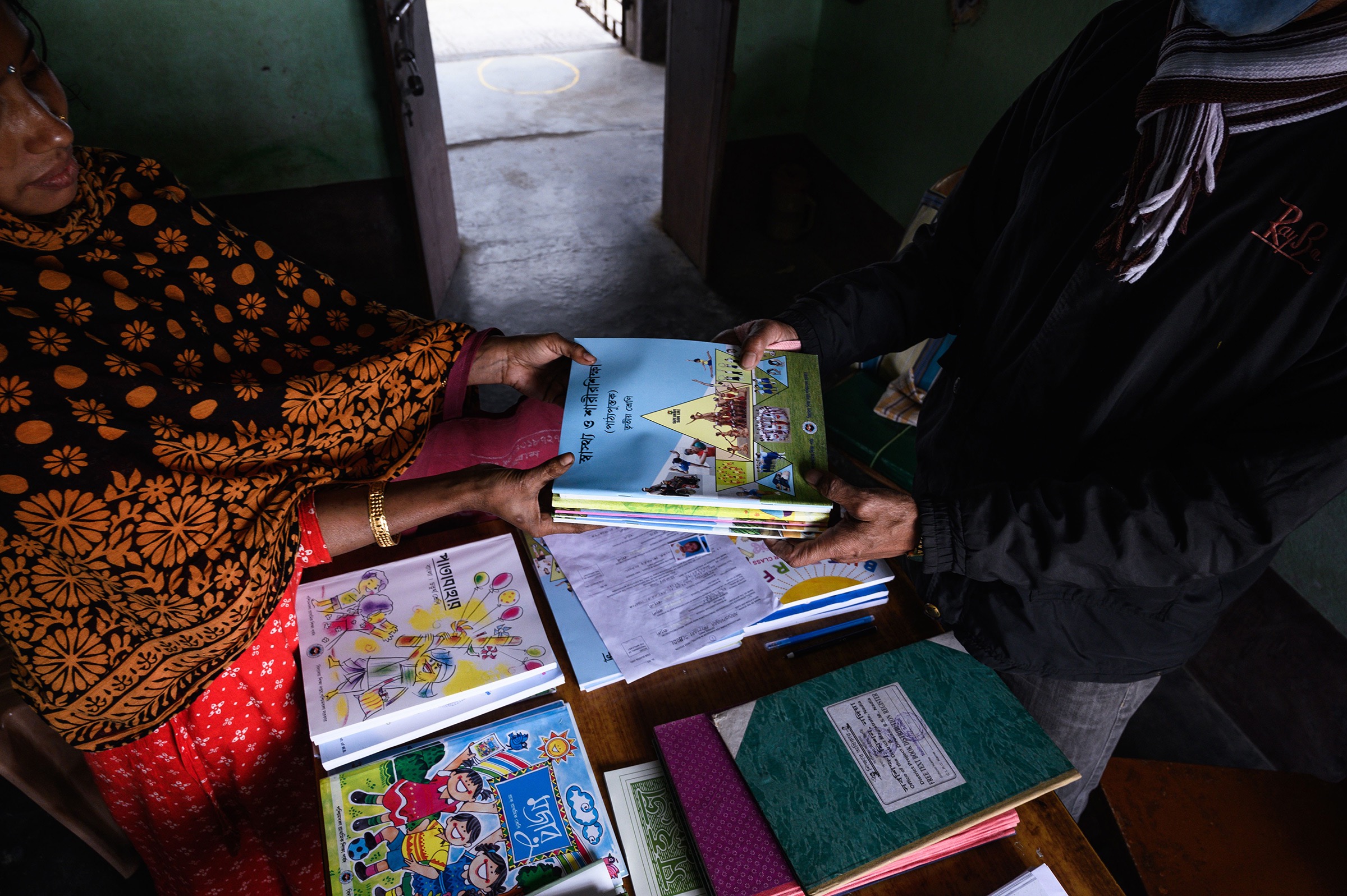
Historical Contributions and Cultural Legacy
Historians and South Asia specialists warn that changes to school curricula do not simply remove content from textbooks, but reshape the consciousness of entire generations of students.
Audrey Truschke, professor of South Asian history at Rutgers University, says that understanding modern Indian history becomes nearly impossible if the era of the Muslim Mughals is erased.
She stresses that removing them from textbooks does not mean erasing them from actual history.
Indian historians argue that the Mughal period represented one of the most significant phases in India’s political and cultural development.
It saw the construction of landmark sites such as the Red Fort and the Taj Mahal, contributed popular foods like biryani to the cultural repertoire, and expressed itself through the evolution of classical music and traditional dress, much of which remains in use today.
Aditya Mukherjee, a professor of contemporary Indian history at Jawaharlal Nehru University, said the removal of Mughal history from the textbook was an attempt to “weaponize” and “erase” history to suit the government’s political agenda. “Whenever we have witnessed erasure of a particular community from our history, it is usually followed by a genocide of the community,” Mukherjee told the news channel NDTV.
These warnings align with broader criticism that the new educational policy seeks to create a generation lacking accurate historical knowledge, a shift that reproduces narratives favoring one side at the expense of another.
In this context, Mallikarjun Kharge, president of the opposition Congress Party, told The Times that the government may change what is written in textbooks, but it cannot change history itself.
The greater danger, critics say, lies in efforts to reshape India’s collective memory by teaching millions of students a narrative that excludes Muslims and presents India as an exclusively Hindu entity, overlooking centuries of cultural and religious exchange that shaped much of modern India.
Sources
- The ‘Taj Story’ and the Hindu right-wing’s politics of erasing India’s Muslim past
- Indian government accused of rewriting history after edits to schoolbooks
- Modi ‘erasing India’s Muslim past from textbooks
- Hindu Extremism Threatens India’s Historical Experience [Arabic]
- French Newspaper: Five Minutes to Understand the Violence Against Muslims in India [Arabic]


